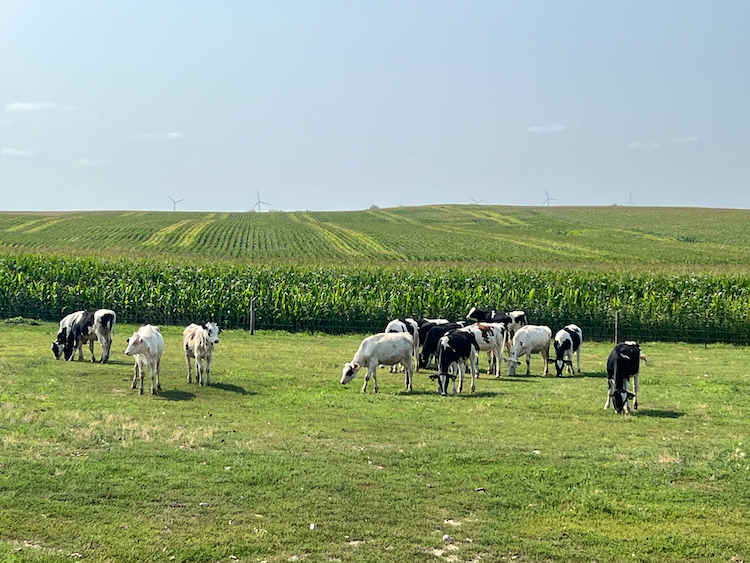
As we walk through the barns and pastures to check our cows throughout the day, it pays to watch the cows’ expressions. In a time where people either tend to stare at their phones while going about their day or are just too rushed and distracted to look around, little things can easily be missed.
Cows are very expressive animals — from the way they stand and the alertness of their ears to a flick of the tail or a darting of their eyes. While we can’t communicate in a traditional, verbal sense with our bovine friends, they are far from a mystery to the trained eye of a farmer.
Being attuned to the way cows react to different situations and the way they move is important. It helps us notice sickness within the herd, possible dangers to the animals, if something is awry on the farm, if another cow is calving or in distress, if calves have gotten out of their pen, or if a visitor is on the farm.

As I hopped out of the skid loader one day, I glanced at a group of milk cows and could clearly tell they were interested in something outside the back of the barn. They were all looking the same direction with erect heads, perked up ears, and a sparkle in their eyes. If I had just kept about my chores and not investigated what they were looking at, I would not have noticed a hurt and abandoned kitten in the grass nearby. Situations like that happen often, usually a bit more dire than one lost kitten.
The classic cliché “stop and smell the roses” comes to mind when thinking about cow body language. Drifting through our days, hustling and focusing on a million little things can distract from some of the purest, most obvious of moments. If we just slow down here and there to check our surroundings and pay attention to the natural cues of the animals we love so much, we might just discover a few extra ounces of joy in the cows’ movements, a quick laugh at their sometimes-odd behaviors, or even an important, possibly lifesaving, situation.

The author dairy farms with her parents and brother near Hawkeye, Iowa. The family milks approximately 300 head of grade Holstein cows at Windsor Valley Dairy LLC — split half and half between a double-eight parallel milking parlor and four robotic milking units. In the spring of 2020, Molly decided to take a leap and fully embrace her love for the industry by returning full time to her family’s dairy.







